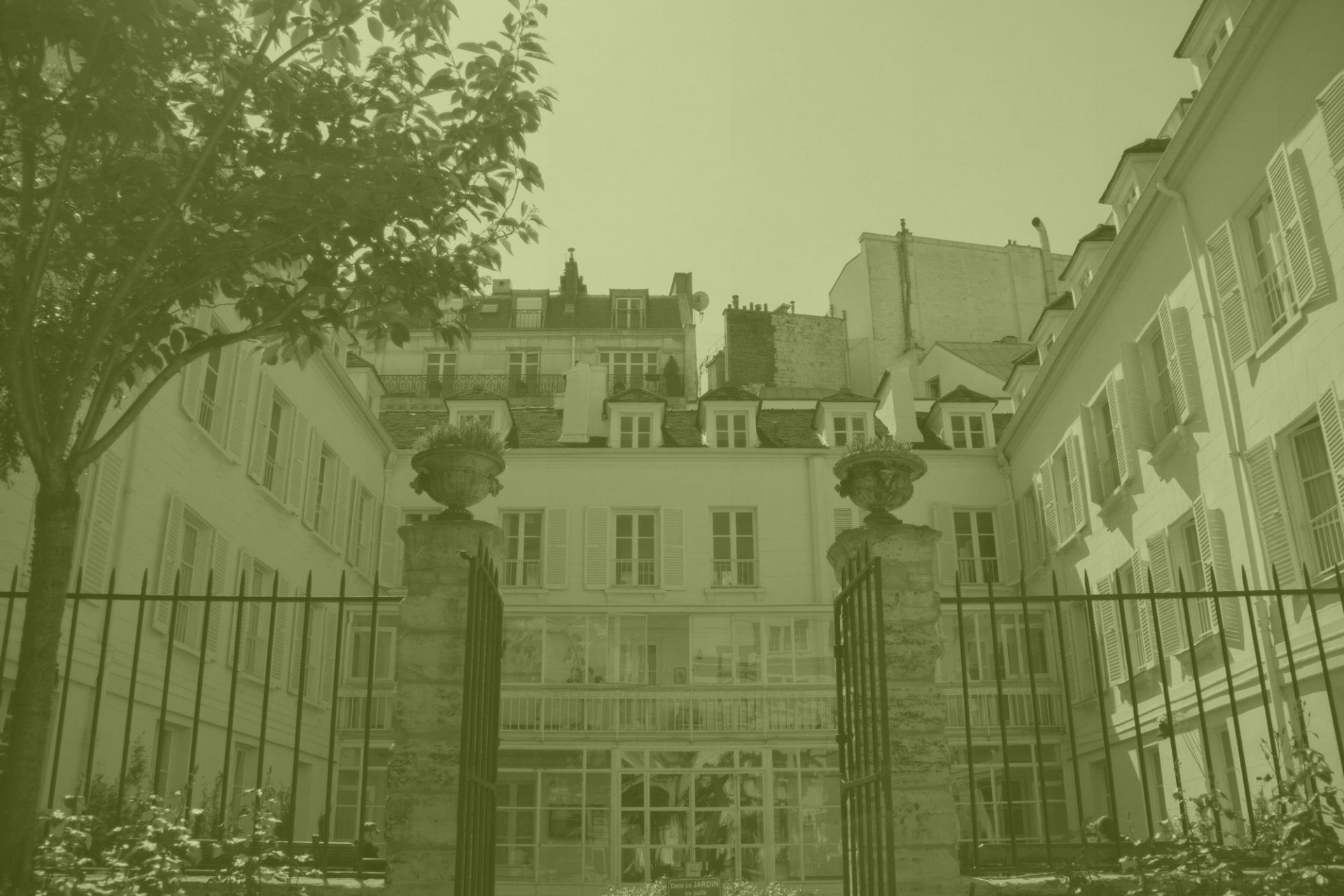We are increasingly surrounded by images. Innumerable pictures circling through the globalized net mediate not just scenes from distant sites of war and violence, but also emotions such as hate, envy, and pity; and they often unleash violence anew. Expanding digital imaging techniques penetrate more and more territories of the a-visible world: they even promise to read our emotions and to make our mind visible. This growing image-world calls urgently for a critical mode of reading of pictures/presentations that does not operate within the register of representation. The seminar proceeds from the theses that this critical capacity may best be evolved by an image theory that is informed by pictures from the history of religion, and that the advancing technical character of images ‘beyond art’ is accompanied by the return of pictorial practices prior to ‘art’s’ emergence.
The focus of the seminar is the observation that the ‘new images’ share many aspects with pre-modern and ancient image practices that present super-natural figures or a-visible, transcendental ideas: that is to say, images from religion or cult. In both cases, images are invented and produced in place of the lacking or impossible evidence of what they seemingly depict. Both try to negotiate the problem of the vera icon, i.e. to generate a picture from material traces or remains of something that is absent or even non-existent. Today, the problem of the vera icon, the ‘true image’, appears in science labs and media: in pictures of phenomena inaccessible to the human eye and optical instruments.
The seminar will investigate correspondences and exchanges between the two image worlds that, in terms of history, are poles apart: between images from the history of religion and contemporary image policy in research, politics, and media, i.e. between images before and after ‘art’. We will examine how traces and data are transformed into iconic images, pictures, and narratives; how resentments are mediated by pictures; how ideas, values and intelligible notions get translated in the visual register; and the role images play in recognition.
Representative topics include: imaging the corporeal “inner”, the facial features as vera icon; the two bodies of caricature; effigies and doubles; photography, testimony and the index question; traces and lines, diagrams and the méthode graphique; cult images; the host and the empty grave; imaging the transcendental and the angel as symptom of the image question.
Indicative Reading List
- Thomas Aquinas: Summa Theologiae. 1265-74 (Questiones 50-74)
- Moshe Barasch: Imago hominis. Studies in the Language of Art. 1991.
- Walter Benjamin: The Arcades-Project.1930s/1982
- Walter Benjamin: “The Work of Art in the Age of Technological Reproducibility”. 1935-1939
- Hans Blumenberg: “The telescope and the impuissance of truth” (essay on Galileo’s Sidereus Nuncius). 2002
- Jacques Derrida: Of Grammatology. 1967
- Jacques Derrida: Memoirs of the Blind. The Self-portrait and Other Ruins. 1991.
- F. W: Hegel: Lectures on the Philosophy of History. 1822-31/1837 (IV, II, II: The Crusades)
- Georges Didi-Huberman: Images in Spite of All. Four Photographs from Auschwitz. 2003
- Georges Didi-Huberman: “Near and distant: The Face, Its Imprint, and its Place of Appearance”. 2012
- Ernst Kantorowicz: The King’s Two Bodies. A Study in Mediaeval Political TheologyPrinceton 1957
- Ernst Kris: “The Psychology of Caricature”. 1934
- Jean-Pierre Vernant: “Figuration of the Invisible and the psychological category of the double: The colossus”. 1994.
